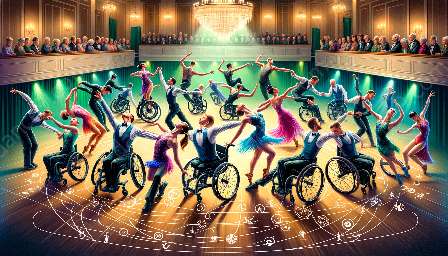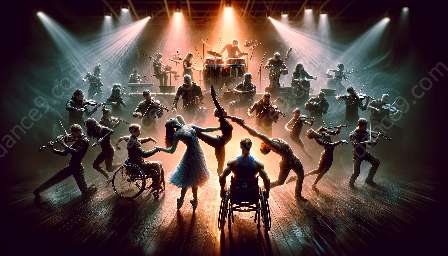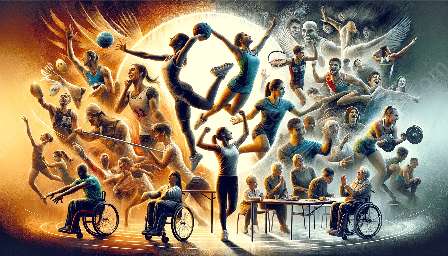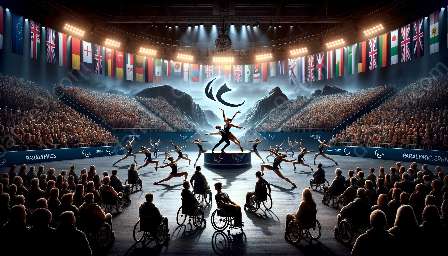Para dance sport is an inclusive sport that features a classification system designed to ensure fair competition and to cater to athletes with various physical impairments. The key characteristics of classification categories play a crucial role in this sport, particularly in the context of the World Para Dance Sport Championships.
Understanding Classification Categories in Para Dance Sport
Classification in Para dance sport is based on an assessment of an athlete's functional ability to perform various dance routines. It considers factors such as balance, coordination, agility, and range of motion, among others. Athletes are classified into different categories to compete against others with similar functional abilities, ensuring a level playing field.
Key Characteristics of Classification Categories
The key characteristics of classification categories in Para dance sport include:
- Physical Impairment Assessment: Athletes are assessed based on the nature and extent of their physical impairments, which may include limb deficiency, muscle weakness, or other conditions that affect their ability to perform dance movements.
- Functional Ability Evaluation: The functional abilities of athletes, including their balance, coordination, and flexibility, are thoroughly evaluated to determine the category in which they will compete.
- Segregated Categories: Athletes are placed into specific categories, such as wheelchair or standing, based on their functional abilities and the equipment they use during performances.
- Equal Opportunity: The classification system aims to provide equal opportunities for athletes with various impairments to excel in para dance sport, fostering inclusivity and diversity within the sport.
- Continuous Assessment: Athletes' classification status is regularly reviewed, ensuring that their category aligns with their current functional abilities and prevents any unfair advantage.
Impact on World Para Dance Sport Championships
The significance of the key characteristics of classification categories becomes evident in the World Para Dance Sport Championships. This global event showcases the diversity and talent within para dance sport and emphasizes the essential role of classification in ensuring fair and competitive performances.
Promotion of Diversity:
By accommodating athletes with different impairments and functional abilities, the classification system promotes diversity and showcases the varied talents and skills present in the sport. The Championships serve as a platform for athletes to demonstrate their capabilities and inspire others.
Enhanced Competition:
Classification categories enhance the competitiveness of the Championships by grouping athletes with similar functional abilities, leading to closely contested and exciting performances. This ensures that the focus remains on the athletes' skills and talents rather than their impairments.
Global Inclusivity:
The World Para Dance Sport Championships bring together athletes from around the world, each competing within their respective classification categories. This global inclusivity highlights the universality of para dance sport and underscores the importance of the classification system in creating a level playing field for all participants.
Conclusion
The key characteristics of classification categories play a pivotal role in shaping the landscape of para dance sport, particularly within the context of the World Para Dance Sport Championships. They ensure fair competition, promote inclusivity and diversity, and provide a platform for athletes to showcase their talents on a global stage.



















